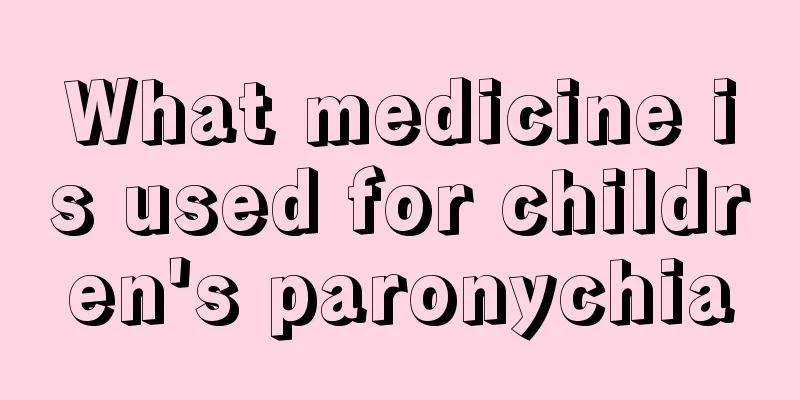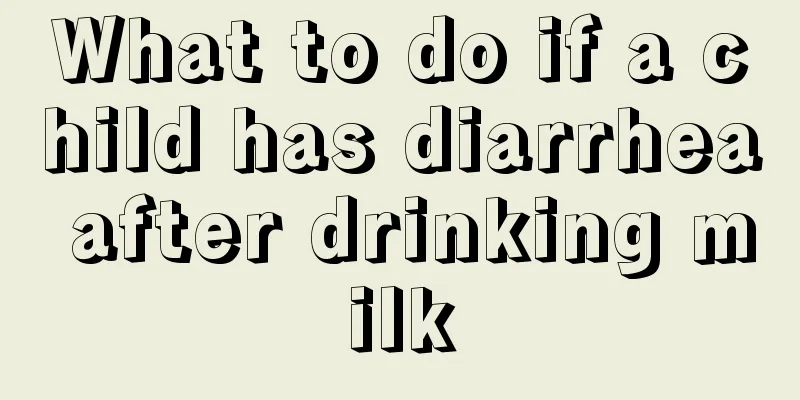Treatment of neonatal jaundice

|
We often see a phenomenon that newborns have jaundice when they are just born. In fact, jaundice is not terrible, because it is also a relatively common phenomenon. As long as it is actively treated, it can be cured. So what are the treatments for neonatal jaundice? Let's take a look and learn about it now. Medically, jaundice in newborns under one month old (within 28 days of birth) is called neonatal jaundice. Neonatal jaundice refers to a disease characterized by jaundice of the skin, mucous membranes and sclera due to abnormal bilirubin metabolism in the neonatal period, which causes increased bilirubin levels in the blood. This disease can be divided into physiological and pathological types. Physiological jaundice appears 2 to 3 days after birth, reaches its peak on the 4th to 6th day, and disappears on the 7th to 10th day. It lasts longer in premature infants and, except for mild loss of appetite, has no other clinical symptoms. If jaundice appears within 24 hours after birth, the daily serum bilirubin increases by more than 5 mg/dl or >0.5 mg/dl per hour; it lasts for a long time, >2 weeks in full-term infants and >4 weeks in premature infants, and it still does not subside, or even continues to deepen and worsen or reappears after subsiding, or jaundice begins to appear within one to several weeks after birth, it is pathological jaundice. Treatment 1. Light therapy It is a simple and effective method to reduce serum unconjugated bilirubin. Place the newborn baby in a phototherapy box, protect both eyes with black eye masks to avoid damaging the retina, cover the perineum and anus with a diaper, and leave the rest of the body exposed. Use single-sided or double-sided light irradiation for 2 to 48 hours (generally not more than 4 days). Treatment can be stopped when bilirubin drops below 7 mg/dL. 2. Exchange blood therapy Exchange transfusion can effectively reduce bilirubin, replace sensitized red blood cells and alleviate anemia. However, blood transfusion requires certain conditions and may also produce some adverse reactions, so the indications should be strictly followed. 3. Medication Supply albumin, correct metabolic acidosis, liver enzyme inducers (such as phenobarbital), and use intravenous immune globulin. In fact, the treatment methods for neonatal jaundice mentioned above are very effective for neonatal jaundice. Although we say that neonatal jaundice is a disease, parents do not need to worry too much. Let the baby receive the most scientific treatment in time, and the jaundice will subside quickly! |
<<: What should I do if my baby sweats while sleeping?
>>: What to do if a four-month-old baby has diarrhea
Recommend
What are the symptoms of heat stroke in children?
What worries parents the most is their children g...
Why does my baby cough while sleeping?
Coughing is a respiratory problem that is unavoid...
How to treat hunchback in children?
Hunchback is a very common phenomenon in our live...
Children suddenly have allergies
If a child's skin suddenly develops allergies...
How to eat when children lose teeth
As children's bodies continue to develop, the...
What is the fastest and most effective way to treat a child's headache?
Since children are relatively young, they general...
How to screen infant intelligence?
The intelligence of some babies needs more attent...
What to do if children have toothache
Toothache is not a disease, but it can really kil...
Is moxibustion effective in treating indigestion?
Food accumulation refers to children eating too m...
What should children eat if they are zinc deficient?
There are many trace elements in human body, whic...
The reason why children have repeated fevers for several days
Every child's physical condition is different...
What should I do if my child has high blood lipids?
Once the blood lipid level is very high, it will ...
Which medicine is effective for children with anemia?
The child's face is pale and bloodless, which...
The fastest treatment for Ganji in children
Children's resistance is relatively weak, so ...
Why is my baby's lips shaking?
The younger the baby, the more attention we shoul...









